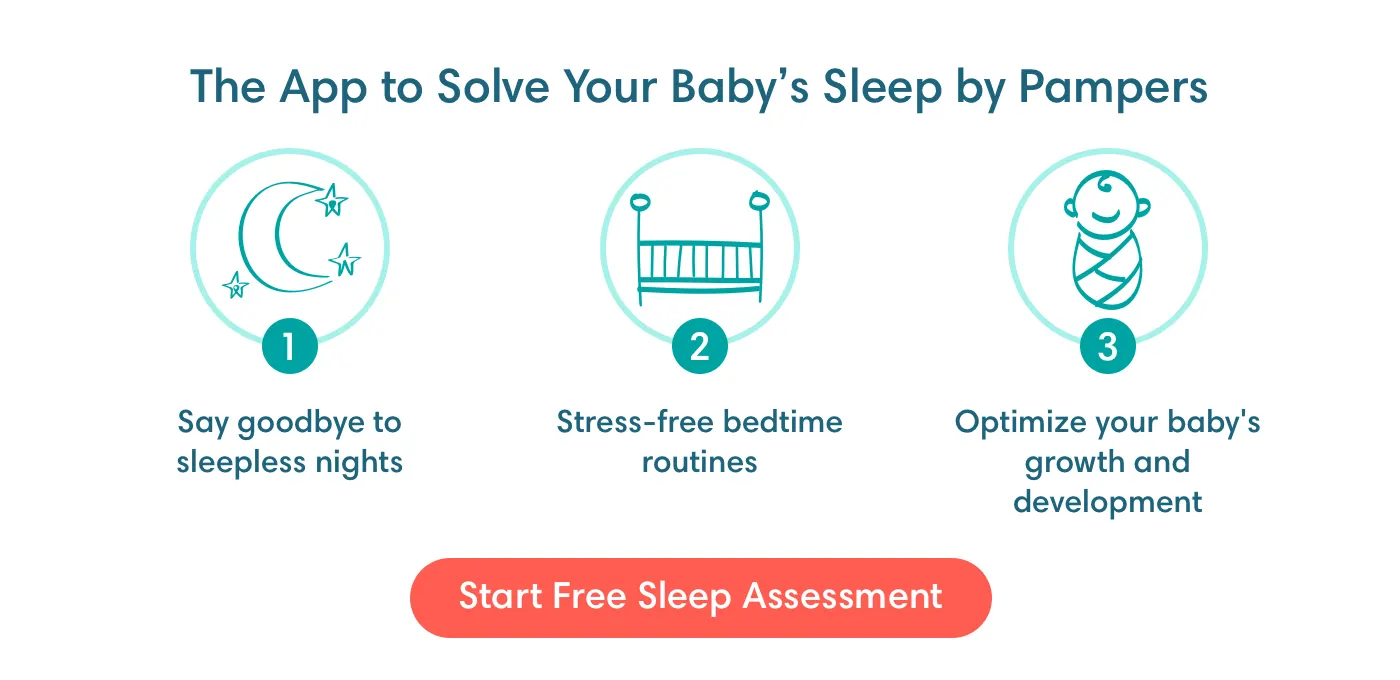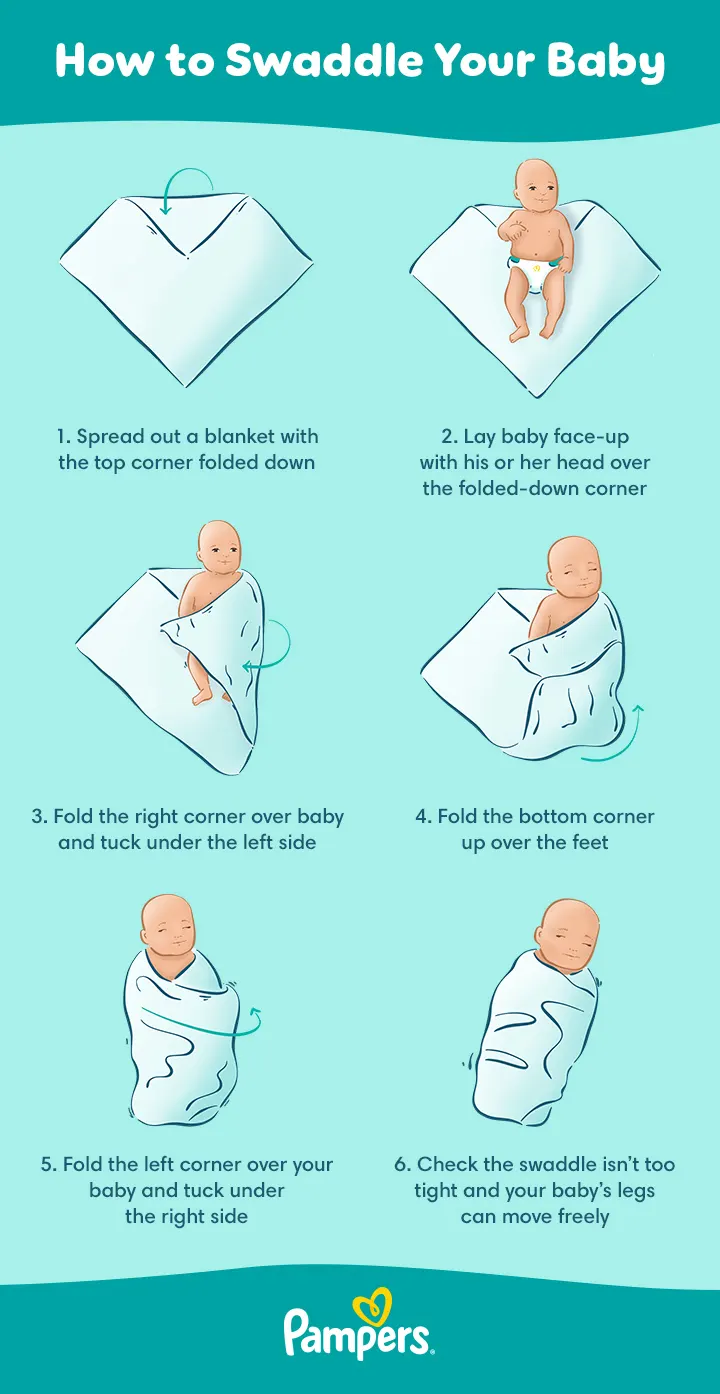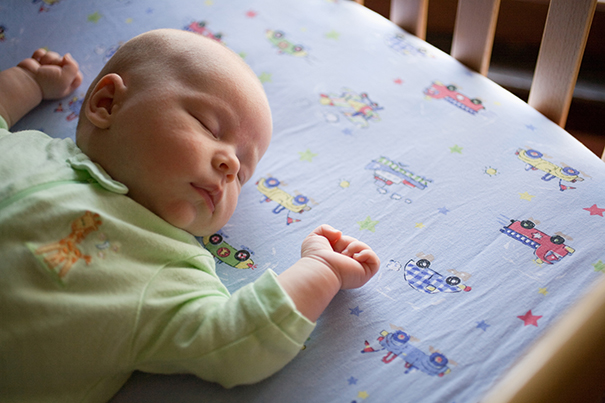
How to Swaddle Your Newborn Baby: A Step-by-Step Guide
Swaddling can be beneficial for your newborn baby and it’s safe as long as you use the correct technique. Learn all about this soothing way of wrapping your little one and get answers to some common questions about swaddling, as well as a step-by-step guide on how to swaddle your baby.
What Is Swaddling?
Swaddling is a traditional technique for wrapping up your newborn baby in a light, breathable blanket to soothe and calm your infant. It’s believed that swaddling can make your baby feel snug and secure. You could think of it as a way of helping to ease the transition from being safe and warm inside your tummy to feeling completely at home in the ‘outside world’.
Does Swaddling Have any Benefits?
Experts are divided about whether all the reported benefits of swaddling stand up to scientific scrutiny, but many parents say that swaddling works for them. For example, it’s said that swaddling may
make it easier to settle your baby for sleep
help your baby sleep longer
prevent your newborn from being woken by the ‘startle reflex’ (when your infant is momentarily startled by his or her own involuntary arm and leg movements)
give your baby a sense of safety and security by mimicking the snug environment of the uterus.
Is it Safe to Swaddle Your Baby?
Swaddling is perfectly safe as long as it’s done right, but an incorrect swaddling technique could be harmful or dangerous. If you don’t stick to a few simple safety guidelines, the risks of swaddling can include:
Hip dysplasia. Excessively tight swaddling that restricts your baby’s leg movement can lead to a condition called hip dysplasia, which is when the hip joint doesn’t form properly. This is why it’s important to make sure your baby’s legs can kick freely and move into their natural ‘frog-like’ position even when your infant is swaddled.
Overheating. Babies can’t control their own body temperature as well as older children or adults. This means swaddling your baby too tightly or in thick blankets could lead to overheating. Avoid this by regularly checking that your baby is at a comfortable temperature for sleeping and removing layers if necessary. Signs that your infant may be too hot include damp sweaty skin or hair, flushed cheeks or skin that feels hot (not just warm). An overheating baby may also cry or seem restless.
Does Swaddling Prevent SIDS?
The jury is still out on this one – experts still don’t know precisely how swaddling affects the risk of sudden infant death syndrome (SIDS) – but keep in mind that the answer might also change as your baby gets older. In the first month or so, it’s possible that swaddling makes it harder for your baby to roll over into a face-down position. This could help your newborn stay on his or her back while asleep, which is recommended for lowering the risk of SIDS. Once your baby does learn how to roll over, however, the situation is reversed. Being swaddled – with the arms restrained – could make it harder for your infant to lift or turn his or her head should he or she roll onto his tummy. This, in turn, might increase the risk of suffocation. This is why it’s important to stop swaddling your baby as soon as your little one shows signs of learning to roll over.
How Do You Swaddle Your Baby Step by Step?
If you’ve decided to swaddle your baby, you’ll want to know the safe and proper swaddling technique. Look at this infographic and follow the instructions below for a step-by-step guide on how to swaddle your baby.
How to swaddle your baby step by step:
Spread the blanket out flat – in a diamond shape – on a changing table, bed or the floor, and fold down the top corner
Lay your baby face-up on the blanket, with his or her head at the folded corner
Gently put your baby’s right arm down by his or her side, then wrap the right corner over your baby and tuck it underneath your infant’s left side
Bring the bottom corner of the blanket up over your baby’s feet, towards the shoulders, leaving the neck and face uncovered
This next step is the mirror image of step 3: Gently position your baby’s left arm by his or her side and wrap the left corner over your baby, tucking it in under the left side. Again, make sure you don’t cover the head or neck with the blanket.
Check that the swaddling isn’t too tight or constricting, especially around the hips and legs. Your baby’s legs should be free to fall into their natural, frog-like position. Wrapping your baby too tightly in a swaddle can lead to hip dysplasia or dislocation.
What Kind of Swaddle Should You Use for Your Baby?
A swaddling blanket should be made of light, breathable material. You could use
a muslin cloth
a lightweight baby blanket made of cotton
a purpose-made swaddling blanket with a hip-friendly design and special fastenings or ‘wings’.
Can You Breastfeed a Swaddled Baby?
Breastfeeding your baby while swaddled is not recommended. Your infant gets quite hot while feeding, so there’s a risk of overheating if your baby is all wrapped up. Additionally, if your baby’s movement is restricted it might be harder to get into a natural breastfeeding position to ensure a good latch. It’s also worth knowing that babies who are regularly swaddled may feed less often and breastfeed less efficiently than those who aren’t. If you’re swaddling your baby and you think it may be causing difficulties with breastfeeding, it might help to stop swaddling or reduce the amount of time your baby is swaddled. Ask your health visitor or midwife for advice if you’re not sure.
How Long Should Babies Be Swaddled?
You can start swaddling your baby when he or she is newborn, and it’s important to stop swaddling as soon as your little one shows signs of learning to roll over. This could happen around the time your baby turns 4 months old, or a little later. Keep in mind that babies develop at different rates, so you might also reach this milestone earlier than expected. Talk to your midwife or health visitor if you have any questions.
Should You Swaddle Your Baby With Arms Up or Down?
Using the proper swaddling technique, your baby’s arms should be positioned straight down by his or her side, not crossed over the chest or sticking up out of the swaddling blanket.
Is It OK Not to Swaddle Your Newborn?
Swaddling isn’t a requirement, and some experts say it isn’t even necessary or recommended. If you’re unsure about whether to swaddle your newborn or not, talk to your midwife or health visitor. If you need a demonstration on how to swaddle your baby in order to make an informed decision, your midwife or health visitor may be able to show you how it’s done.
The Bottom Line
Swaddling your newborn could offer many benefits, including comforting your baby and possibly promoting better sleep, but there are a few risks, too. Your midwife or health visitor can help you weigh the potential risks and benefits if you’re still on the fence about whether you should swaddle your baby or not. If you do decide to go ahead with swaddling, you’ll get the hang of how to do it easily by following our step-by-step guide or asking your midwife or health visitor to show you how it’s done. You’ll soon get the hang of wrapping your little one into a cute little baby burrito!
The information in this article is based on the expert advice found in trusted medical and government sources, such as the National Health Service (NHS). You can find a full list of sources used for this article below. The content on this page should not replace professional medical advice. Always consult medical professionals for full diagnosis and treatment.











